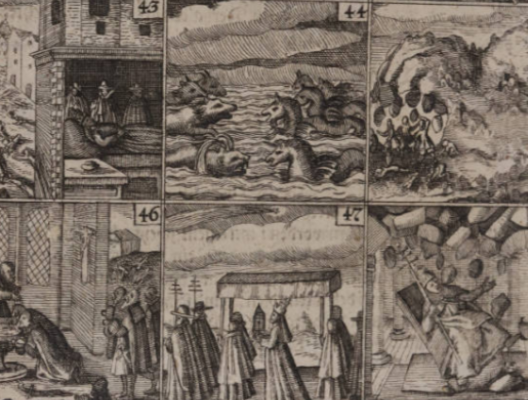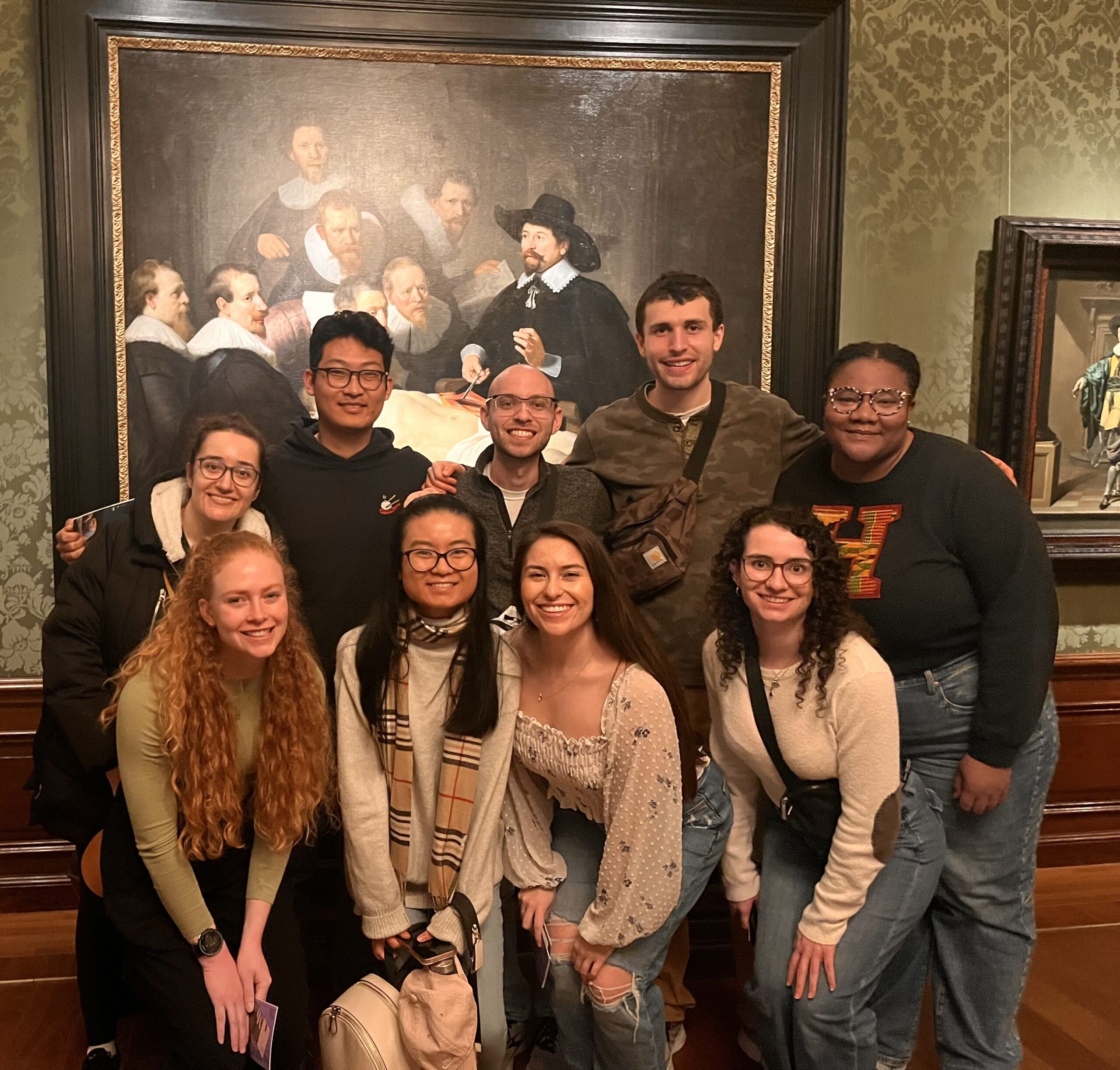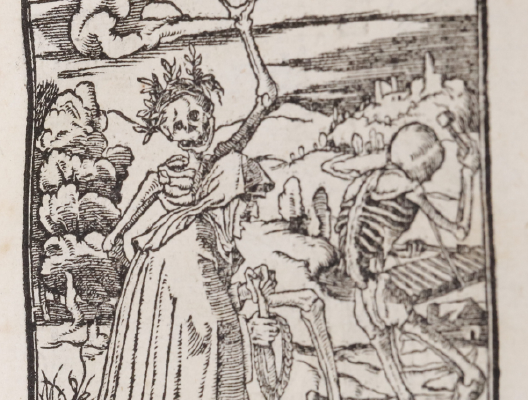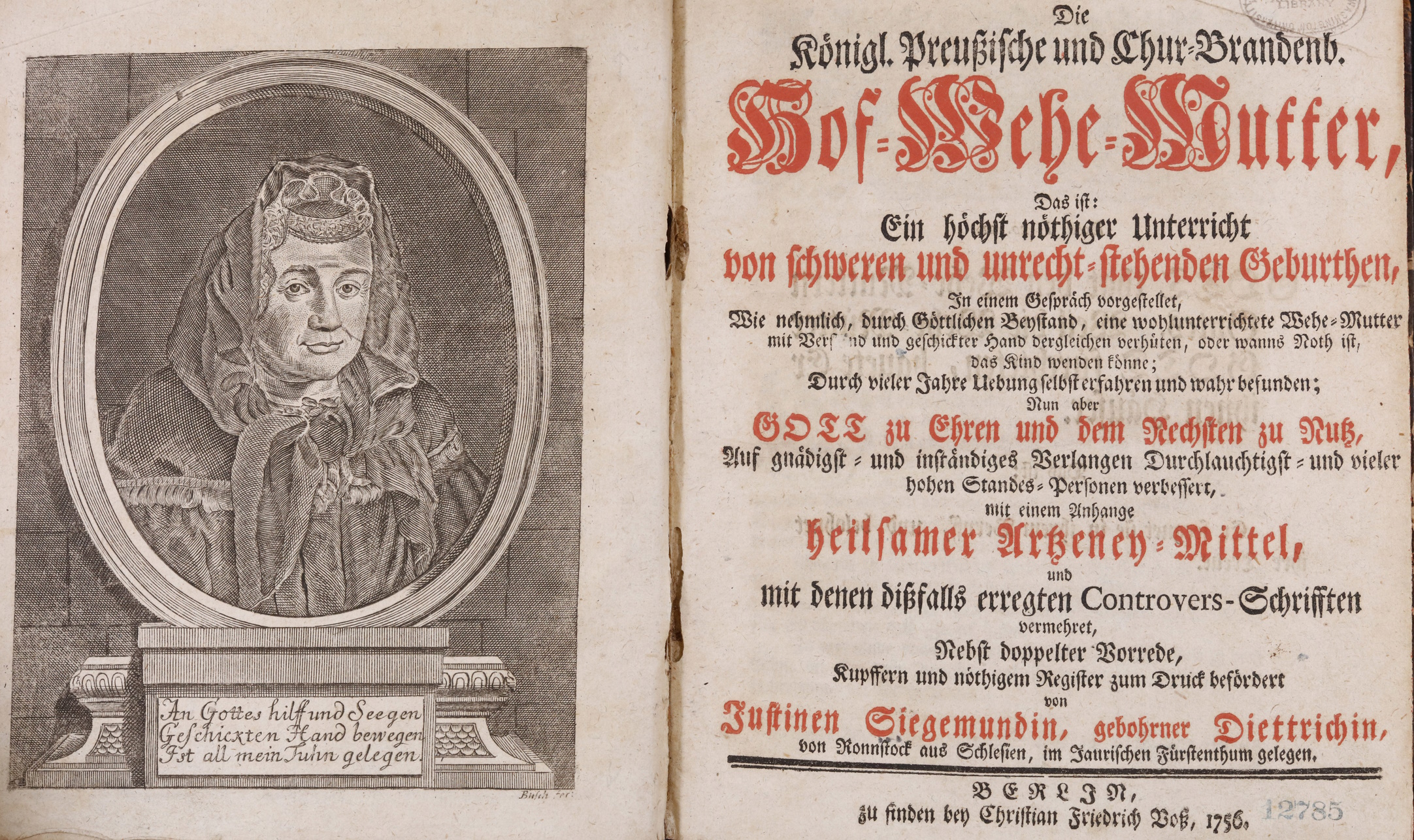The Antichrist cometh
A fountain pouring blood instead of wine. A blood-red moon and blood raining from the sky. The capture of a fish that looks like a lion. What do these unsettling events portend? The answers can be found in a compilation of early modern religious propaganda by the German preacher Heinrich Oraeus (1584-1646). Oraeus was a [Read more]










